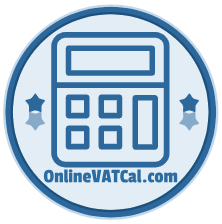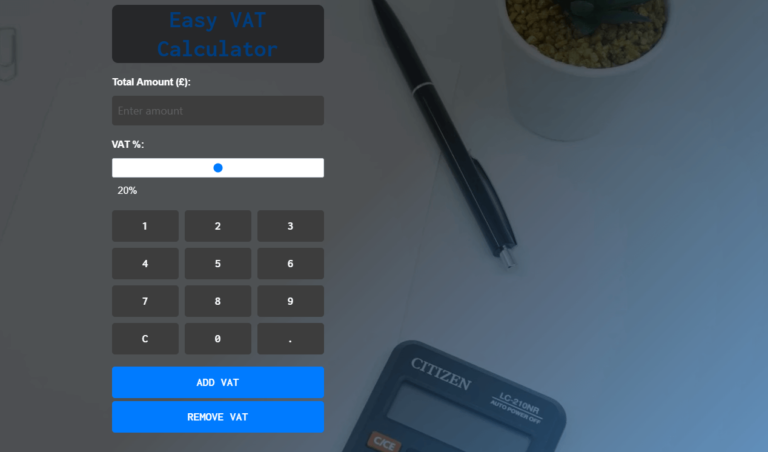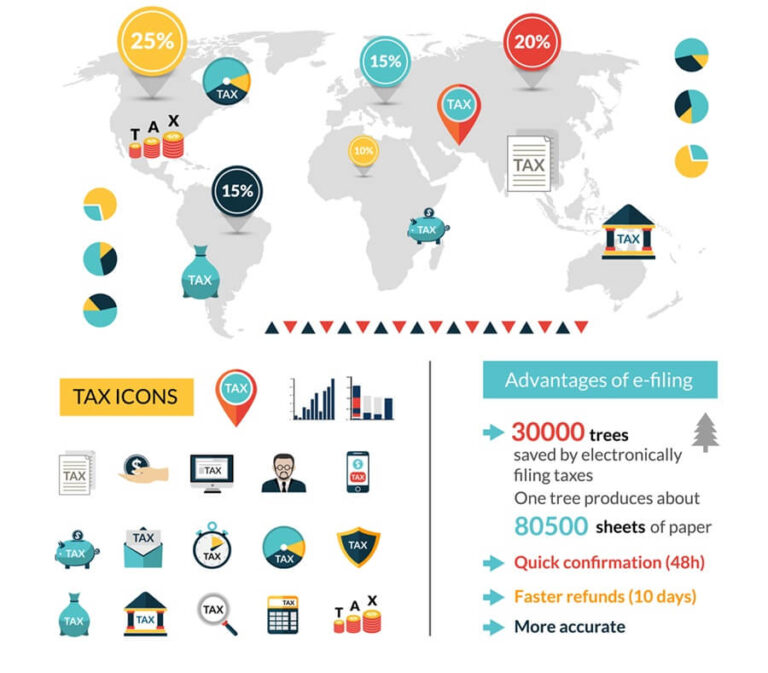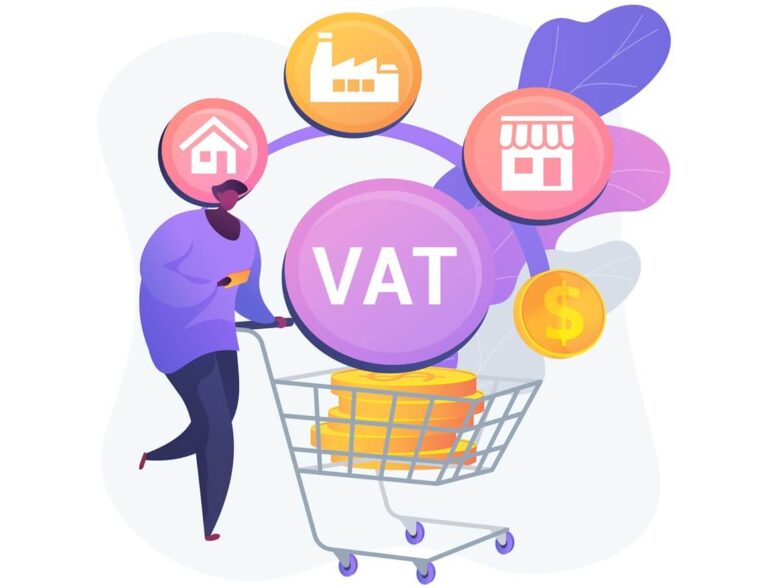VAT Rules for Small Businesses Across Countries
Value Added Tax (VAT) can be complicated for small businesses to implement fully. To ease the burden, many countries offer simplified VAT schemes with favorable rules aimed specifically at small businesses. These can reduce VAT administration and compliance costs. This guide examines the special VAT rules, thresholds, and schemes available to small businesses across several major countries.
United Kingdom
The UK provides several alternative VAT schemes tailored to small firms:
- Flat Rate Scheme – Allows small businesses to calculate VAT as a fixed percentage of turnover based on their industry rather than tracking detailed input and output tax. This greatly simplifies VAT accounting.
- Annual Accounting – Eligible small firms can submit just one VAT return per year rather than filing quarterly returns. This reduces admin workload.
- Cash Accounting – Small businesses can account for VAT on a cash basis rather than invoice basis, only paying output VAT when they receive payment from customers. This helps cash flow.
To qualify for these schemes, businesses must have taxable turnover under £150,000 per year. The VAT registration threshold is just £85,000 for general VAT rules.
Germany
Germany has a very high general VAT registration threshold of €22,000 in taxable supplies. This exempts most microbusinesses completely from VAT obligations.
For small firms that must register, a simplified small business scheme allows submitting just one annual VAT return rather than filing monthly or quarterly returns.
France
France has a VAT registration threshold of just €33,200 in taxable turnover. But once registered, small firms can benefit from:
- 3-month VAT return filing rather than standard monthly returns
- Option to submit simplified VAT returns with fewer details
- Only having to pay VAT once invoice is paid by customer
These measures reduce the VAT compliance burden on micro and small businesses.
Italy
Italy provides exemptions from certain VAT reporting and payment rules for qualifying small businesses:
- No need to submit EC Sales Lists detailing VAT on EU trade
- Option for quarterly VAT returns instead of monthly or bi-monthly
- Extra month to submit VAT payments with less late penalties
The above exemptions apply to firms with turnover under €400,000.
Canada
Canada has no separate VAT system, but rather a Goods and Services Tax (GST) similar to VAT. Key GST advantages for Canadian small businesses include:
- Higher GST registration threshold of CAD $30,000 in taxable supplies
- Quick Method – Allows small firms to calculate GST as a fixed percentage of GST-included turnover
- Prescribed Accounting Method – Simplified GST accounting method for businesses with under CAD $1 million in annual taxable sales
- Annual GST filing – Option to submit just one annual GST/HST return
United States
The US has no national VAT. However, most states levy a sales tax on goods which functions similarly to VAT.
Small and microbusinesses may qualify for sales tax exemptions and concessions, including:
- Sales tax vendor registration waivers for very small firms
- No requirement to collect sales tax on online/remote sales below set thresholds
- Sales tax holidays – Periods where certain goods are sales tax free
- Industry-specific sales tax exemptions
Australia
Australia runs a Goods and Services Tax (GST) regime applying to most sales. Small businesses benefit from:
- Higher GST registration threshold of AUD $75,000 in annual turnover
- Simpler GST bookkeeping methods like recording on a cash rather than accruals basis
- Option to pay GST annually rather than quarterly
- Various GST concessions and grants for certain sectors like agriculture
Key Takeaways
Simplified VAT schemes and exemptions provide vital relief from tax administration burdens for small and microbusinesses across many countries. Governments recognize additional support is needed for newly established small firms to succeed. Check local requirements to utilize the available concessions as part of managing VAT compliance.







